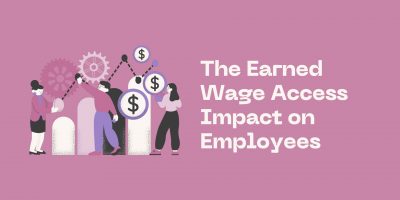
Is Identity Theft Insurance Worth It?
Beyond bad credit scores, identity theft’s financial and emotional damages spill into the workplace. Looking for solutions, employers turn to insurance policies. But is identity theft insurance worth it?

As the current workforce is rapidly aging, companies have to rethink and reevaluate their succession strategies. The cost of a bad hire at any level of the company is an issue. A bad hire for a CEO or other leadership position can have a major detrimental impact on a company.



Different software and services can help companies with their succession planning needs. Companies can see the top Succession Planning Solutions on the Shortlister platform.
Browse our curated list of vendors to find the best solution for your needs.
Subscribe to our newsletter for the latest trends, expert tips, and workplace insights!

Beyond bad credit scores, identity theft’s financial and emotional damages spill into the workplace. Looking for solutions, employers turn to insurance policies. But is identity theft insurance worth it?

Understanding the benefits of personal insurance is a good step in the right direction when protecting people and their families from losses they couldn’t afford to cover on their own.

How can earned wage access reshape the financial reality for employees living paycheck to paycheck? As economic uncertainties persist, this innovative approach to payroll may hold the key to reducing financial stress and boosting workplace productivity.

Where should one start when building financial literacy? Discover key strategies and tools to take control of your finances and secure a brighter financial future.
Used by most of the top employee benefits consultants in the US, Shortlister is where you can find, research and select HR and benefits vendors for your clients.
Shortlister helps you reach your ideal prospects. Claim your free account to control your message and receive employer, consultant and health plan leads.